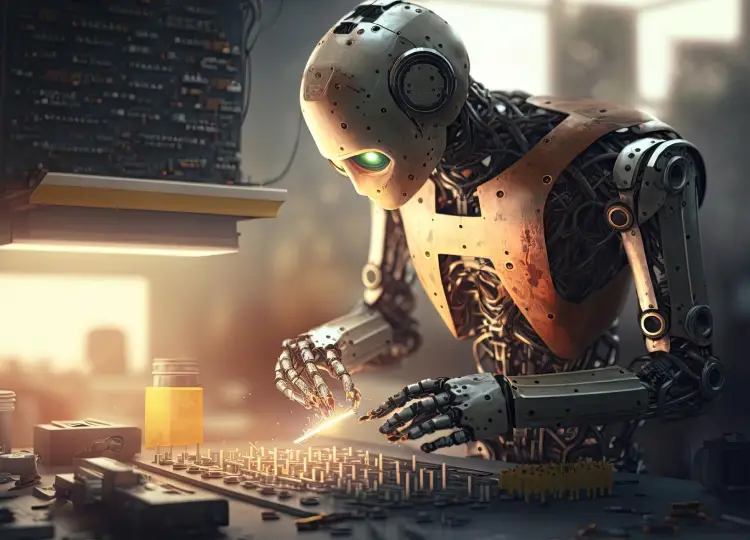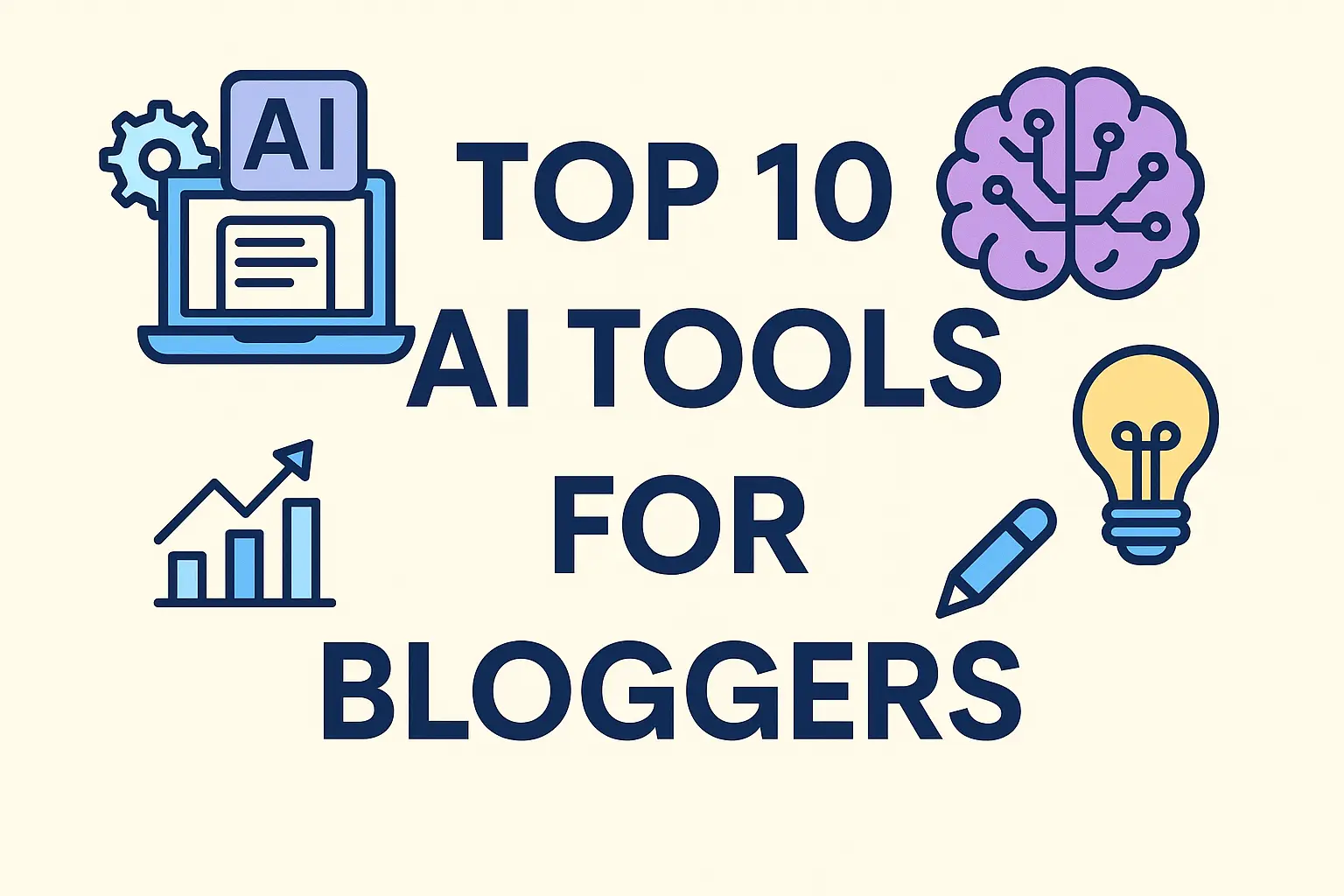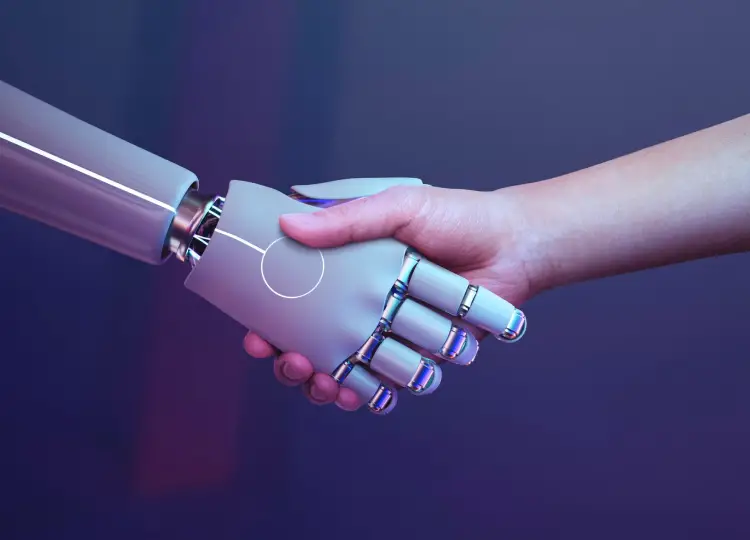Image by chandlervid85 on Freepik
In the realm of artificial intelligence (AI), there's a branch that's been making waves in recent years: Generative AI. It's a fascinating field that's been at the forefront of innovation, changing the way we create art, generate text, and even assist in scientific research. In this article, we'll explore the world of Generative AI, what it is, how it works, its applications, and the potential it holds for the future.
What is Generative AI?
Generative AI is a subset of artificial intelligence that focuses on the creation, generation, or production of content that appears to be created by humans. Unlike traditional AI, which typically follows pre-defined rules and patterns, generative AI uses neural networks to generate data that can be highly creative, original, and even indistinguishable from human-produced content.
The core idea behind generative AI is to enable machines to understand, learn, and mimic patterns and styles found in various types of data, such as text, images, audio, and more. By doing so, it can generate content that's novel and coherent within a given context.
How Does Generative AI Work?
Generative AI relies heavily on neural networks, particularly a type of neural network called a "Generative Adversarial Network" or GAN. A GAN consists of two main components: the generator and the discriminator.
-
Generator: The generator's role is to create content. It starts with random noise and learns to generate data that resembles the training data it has been exposed to. In the context of images, for example, it takes random noise and gradually refines it into images that mimic the characteristics of the training images.
-
Discriminator: The discriminator's job is to distinguish between real data and data generated by the generator. It evaluates the content generated by the generator and assigns a probability that it's real. As training progresses, the discriminator becomes better at distinguishing real from fake data.
The two components are in a constant feedback loop. The generator's goal is to generate content that is increasingly difficult for the discriminator to distinguish as fake. This adversarial process pushes both components to improve over time, ultimately leading to the generation of high-quality content.
Applications of Generative AI
Generative AI has a wide range of applications across various domains, transforming the way we create, communicate, and innovate. Here are some notable applications:
1. Art and Creativity:
-
Art Generation: Generative AI has revolutionized art creation by generating paintings, sculptures, and music that rival human-made works. Artists and creators use AI to push the boundaries of creativity and explore new styles.
-
Design Assistance: It assists designers by generating design ideas, layouts, and even product prototypes. This accelerates the creative process and can lead to more innovative designs.
2. Natural Language Processing (NLP):
-
Text Generation: Generative AI is widely used for text generation, including chatbots, content creation, and even code generation. OpenAI's GPT-3, for instance, can generate human-like text and answer questions.
-
Language Translation: AI models like Google's BERT have greatly improved the accuracy of language translation services, making communication across languages easier and more accessible.
3. Image and Video Processing:
-
Image Generation: Generative AI can create realistic images, modify existing ones, and even restore old or damaged photographs. This has applications in photography, entertainment, and restoration projects.
-
Video Generation: It can generate deepfake videos, where AI swaps faces or mimics the voices of individuals. While this has raised concerns, it also has potential uses in filmmaking and entertainment.
4. Healthcare and Scientific Research:
-
Drug Discovery: Generative AI assists in drug discovery by predicting potential chemical compounds that could be used as medicines. This accelerates the development of new treatments.
-
Biological Data Analysis: AI models can analyze vast amounts of biological data, aiding in the understanding of complex biological systems and the discovery of patterns and relationships.
5. Gaming and Virtual Worlds:
-
Procedural Content Generation: It's used to create game environments, levels, and characters. AI-driven procedural generation enhances gaming experiences and reduces development time.
-
NPC Behavior: Generative AI is employed to create realistic non-player character (NPC) behavior in games, making NPCs more intelligent and adaptive.
6. Finance and Trading:
-
Algorithmic Trading: AI-powered algorithms can analyze market data, identify trends, and execute trades at lightning speed, enhancing trading strategies.
-
Risk Assessment: Generative AI can assess financial risks by analyzing historical data and market conditions, helping businesses make informed decisions.
Challenges and Ethical Considerations
While the potential of Generative AI is immense, it also comes with its share of challenges and ethical considerations:
1. Bias and Fairness:
- Generative AI can inherit biases present in the training data, leading to biased outputs. Efforts are ongoing to address this issue and ensure fairness.
2. Misinformation:
- The ability of AI to generate realistic content raises concerns about the spread of misinformation, deepfakes, and fraudulent activities.
3. Privacy:
- AI's capacity to generate highly detailed content, such as faces and voices, raises concerns about privacy violations.
4. Regulation:
- There is a need for regulations and guidelines to govern the use of Generative AI, especially in sensitive areas like healthcare and finance.
5. Authentication:
- As AI becomes more adept at generating content, there is a growing need for better authentication methods to distinguish between AI-generated and human-created content.
The Future of Generative AI
The future of Generative AI is brimming with possibilities. Here are some developments to watch for:
1. Improved Realism:
- Generative AI will continue to produce content that is increasingly indistinguishable from human-created content, further blurring the lines between AI and human creativity.
2. Cross-Domain Creativity:
- AI models will become more versatile, generating content across different domains, such as art, music, and literature, with the ability to blend styles and genres.
3. Customization and Personalization:
- Generative AI will enable highly personalized experiences, from tailored content recommendations to customized products and services.
4. Collaboration with Humans:
- We'll see more collaboration between humans and AI in creative endeavors, with AI assisting and augmenting human creativity.
5. Ethical AI:
- Efforts to ensure ethical AI will intensify, with a focus on reducing bias, preventing misuse, and fostering transparency.
Conclusion
Generative AI is a remarkable and transformative field that's reshaping the way we create, communicate, and innovate. Its applications span diverse domains, from art and entertainment to healthcare and finance. While it holds immense potential, it also raises important ethical considerations that require careful attention and regulation.
As Generative AI continues to advance, it will be crucial to strike a balance between harnessing its creative power and addressing the ethical challenges it presents. The future of Generative AI promises to be a fascinating journey into the realm of artificial creativity, where human and machine collaborate to push the boundaries of imagination and innovation.






